How Tattoos Reclaim Bodies the World Has Tried to Steal
Taking It Back: How Tattooing Helps Reclaim the Body
Some people get tattoos for decoration. Others, like me and many of my clients, get them for reclamation. And often, it’s both. When you’ve lived in a body that’s been violated, ignored, controlled, or written over by someone else—tattooing can be a way of saying, “This is mine now.”
Not metaphorically. Literally. Ink under skin. Marking the territory of your own flesh with something you chose.
🩸 This Isn’t Just Art—It’s Personal
For some, tattooing is about survival. For others, it’s about beauty. For many, it’s both. I’ve worked with clients reclaiming scars, celebrating milestones, honoring transformation, or simply wanting something beautiful on their skin—because they can.
Decoration and reclamation aren’t enemies. They feed each other. Choosing what goes on your body is powerful, whether it’s loud or subtle, meaningful or just cool as hell.
You don’t need to justify it. You don’t need to explain it.
If it feels like yours—that’s enough.
⚖️ Reclamation Doesn’t Have to Be Loud
Some people assume reclaiming your body has to be dramatic. But it doesn’t. It can be quiet. Intentional. Slow.
Choosing your ink, setting boundaries in the chair, asking for breaks—those are all forms of ownership.
You can be soft and still be sovereign.
🧠 The Body Keeps the Score. Tattoos Rewrite It.
I believe in trauma-informed tattooing because I’ve lived on both sides of that experience. I’ve felt what it’s like to live in a body that didn’t feel safe. I’ve also felt what it’s like to take it back—one line, one needle, one healing at a time.
You don’t have to love your body to reclaim it. You just have to decide that it’s yours.
Tattoos won’t fix everything. But they can stake a claim.
If the world tried to steal your body, you get to mark it as your own—on your terms, in your language, forever.
